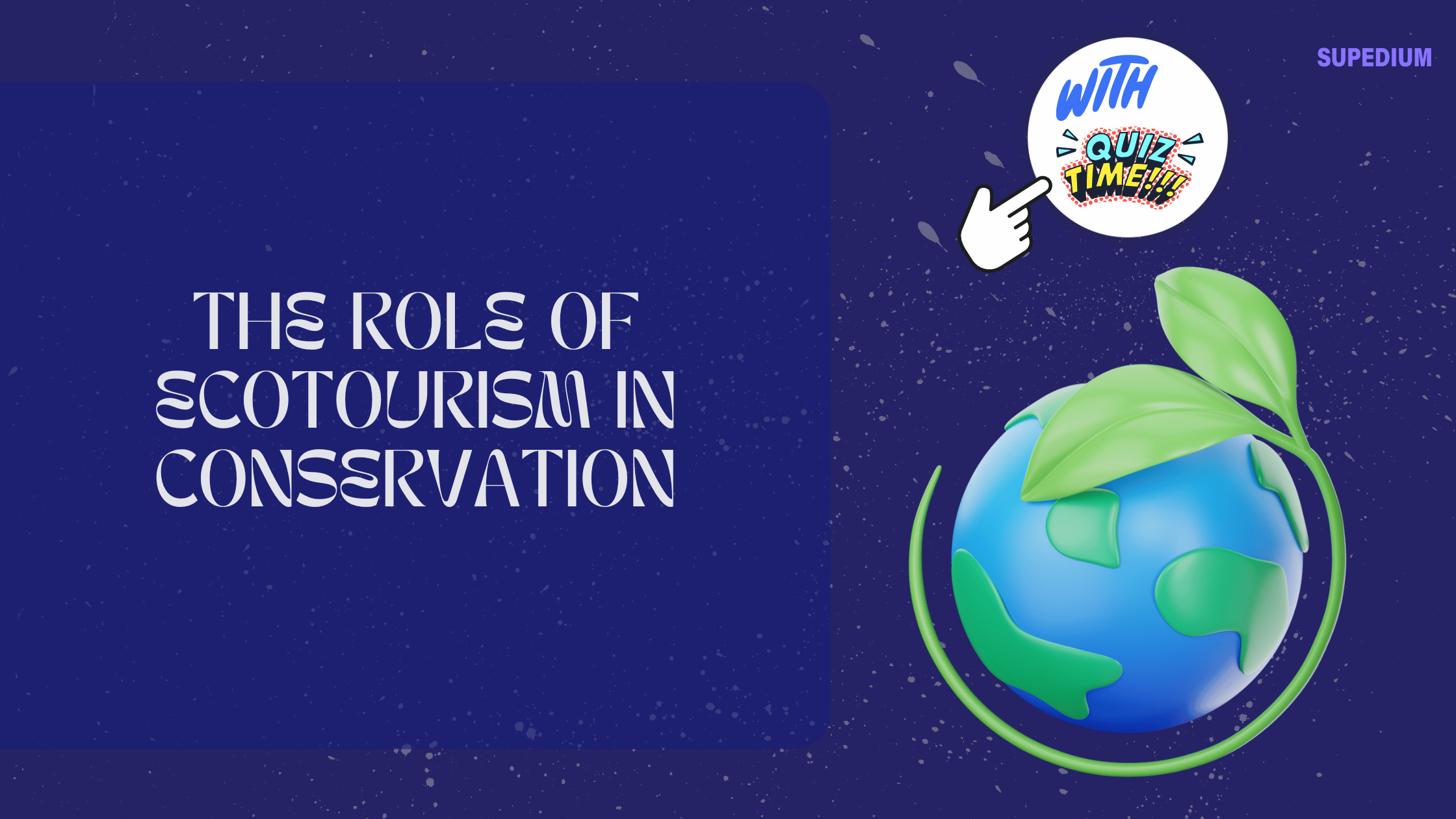Table of Contents
![]()
.png)
Cymodoceaceae is a household of flowering plants, sometimes called the”manatee-grass household”, which includes only marine species.
The 2016 APG IV does recognize Cymodoceaceae and puts it in the purchase Alismatales, in the clade monocots. The family includes five genera, totaling 17 species occurring in tropical seas and oceans (so-called seagrasses). According to the AP-Website, it’s doubtful if the household Ruppiaceae is different enough to be kept apart. The addition of this only genus Ruppia in Ruppiaceae in Cymodoceaceae has been contemplated. The plants in the 3 households Cymodoceaceae, Posidoniaceae and Ruppiaceae form a monophyletic group.
Its record reveals that Cymodoceaceae was established in its Pacific supply by the Eocene and even through the Paleocene. Fossils of Thalassodendron auriculalopris den Hartog and Cymodocea floridana den Hartog (both extant) were found in west-central Florida and date back to the late middle Eucene. Their age and lack of diversity speak within the Cymodoceaceae to a very slow rate of development.
Categorisation
Marine grasses families: Zosteraceae, Cymodoceaceae, Ruppiaceae and Posidoniaceae. Associated families: Potamogetonaceae and (and sometimes including) Zannichelliaceae.
Reproductive strategies
Cymodoceaceae is among four households to have developed filamentous pollen, along with Ruppiaceae, Zosteraceae, and Posidonaceae. The pollen is constructed as long and lean grains rather. Additionally, the pollen can form pollen rafts, allowing distribution. The pollen is epihydrophilous (pollen spread on the surface of the water) or hypohydrophilous (pollen spread beneath the surface of the water) depending upon the genera. There are three methods. Species at Halodule and Cymodocea release pollen at low tide, where it floats and assembles into snowflake-like pollen rafts which then hopefully make contact with the stigmas once the tide starts coming back. Amphibolis and Thalassodendron have pollen that is carried up to and then released upon the surface of the water by abscisent male blossoms. Syringodium has pollen grains which are roughly the same density as seawater and form little clumps which proceed beneath the surface by submarine currents into the stigmas of female flowers. This return to hypohydrophily is interpreted as a change.
All species in Cymodoceaceae are dioecious. It’s a feature although this happens in about 75 per cent of the seagrasses. There are two theories concerning the incidence of dioecy in Cymodoceaceae. Algae rafts’ reception and construction are bulky operations. Keep both female and male flowers on a single plant or to have either blossom could interfere with fertilization. The theory is cross-pollination would be ensured by that it within an environment which would make a procedure which makes plants more vulnerable to conditions or disease and would limit the gene pool.
Two genera have viviparous seedlings. The seeds of Amphibolis and Thalassodendron Lack seed don’t store other nutrients or starch and coats. They latch immediately. A base tissue is developed by the seedling in the hypocotyl, which attaches via transport cells to the parents. The seedlings grow leafy shoots throughout 7-12 months before being released. Amphibolis seedlings create a grappling device which serves to anchor the seedling into a substrate once published whereas the seedlings of Thalassodendron are discharged from an enveloping bract. As the wall of the footing tissue in the seeds is apoplastic, the seedlings can be considered parasitic and cytoplasmically isolated from the tissue.
Share This




Be the first to comment